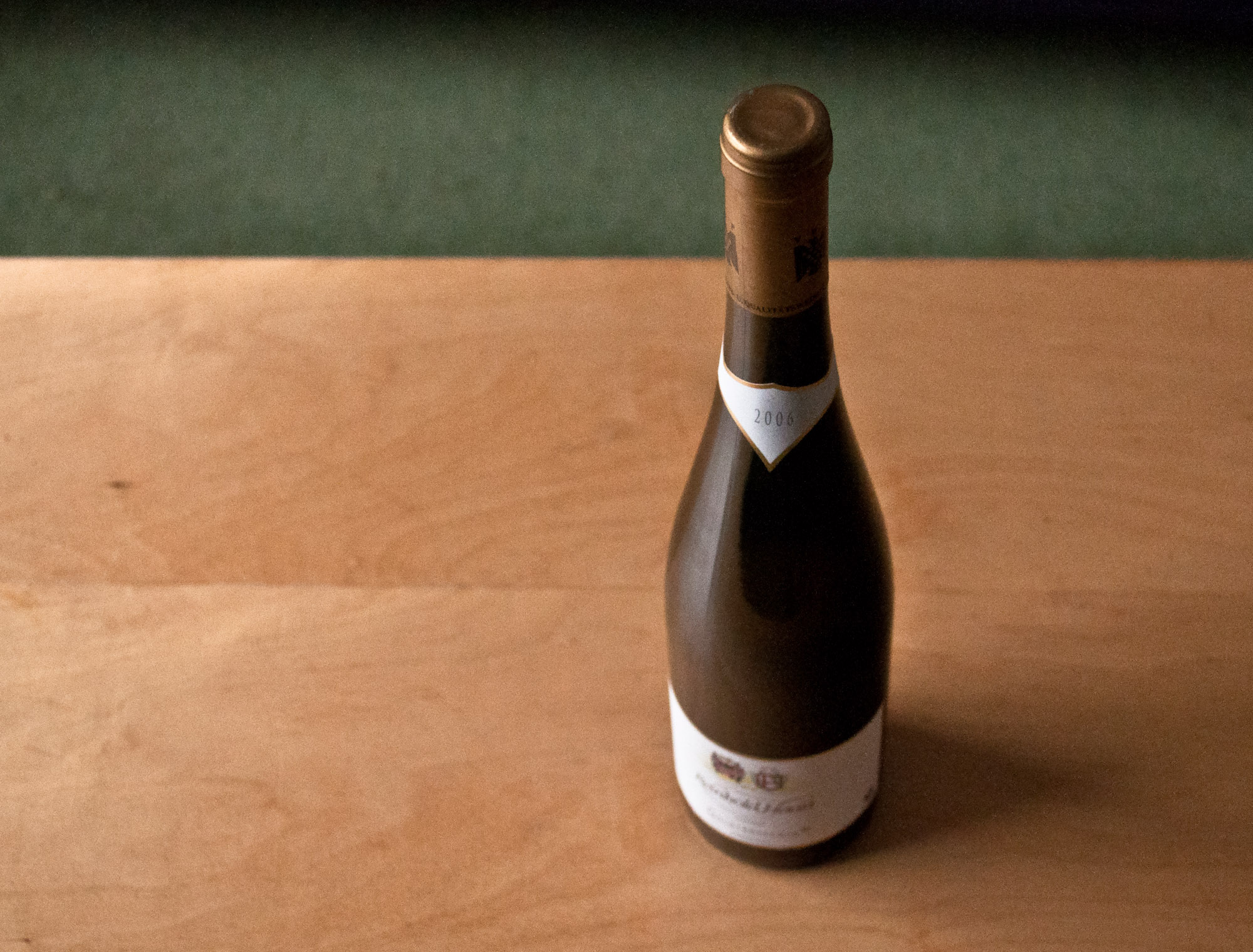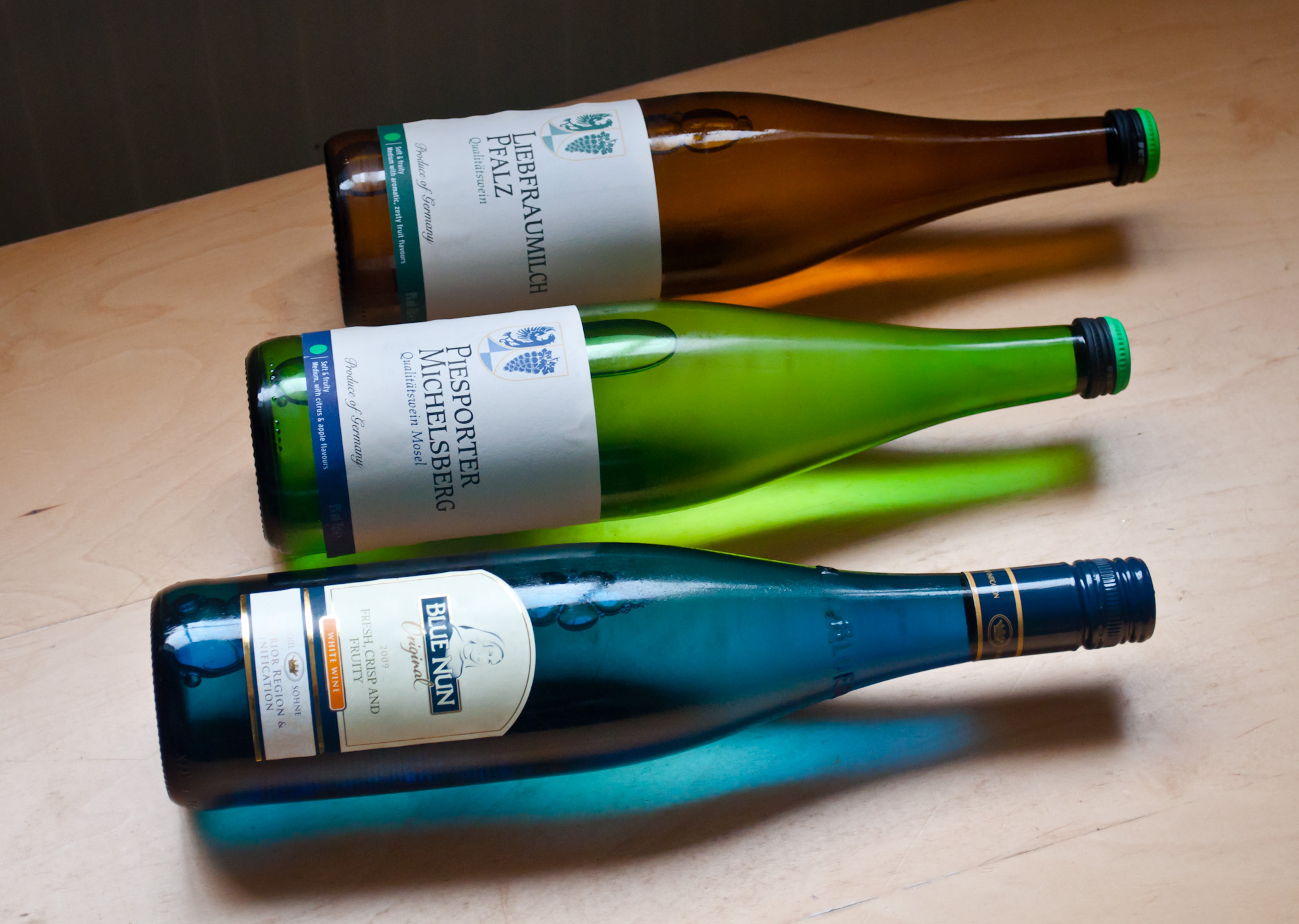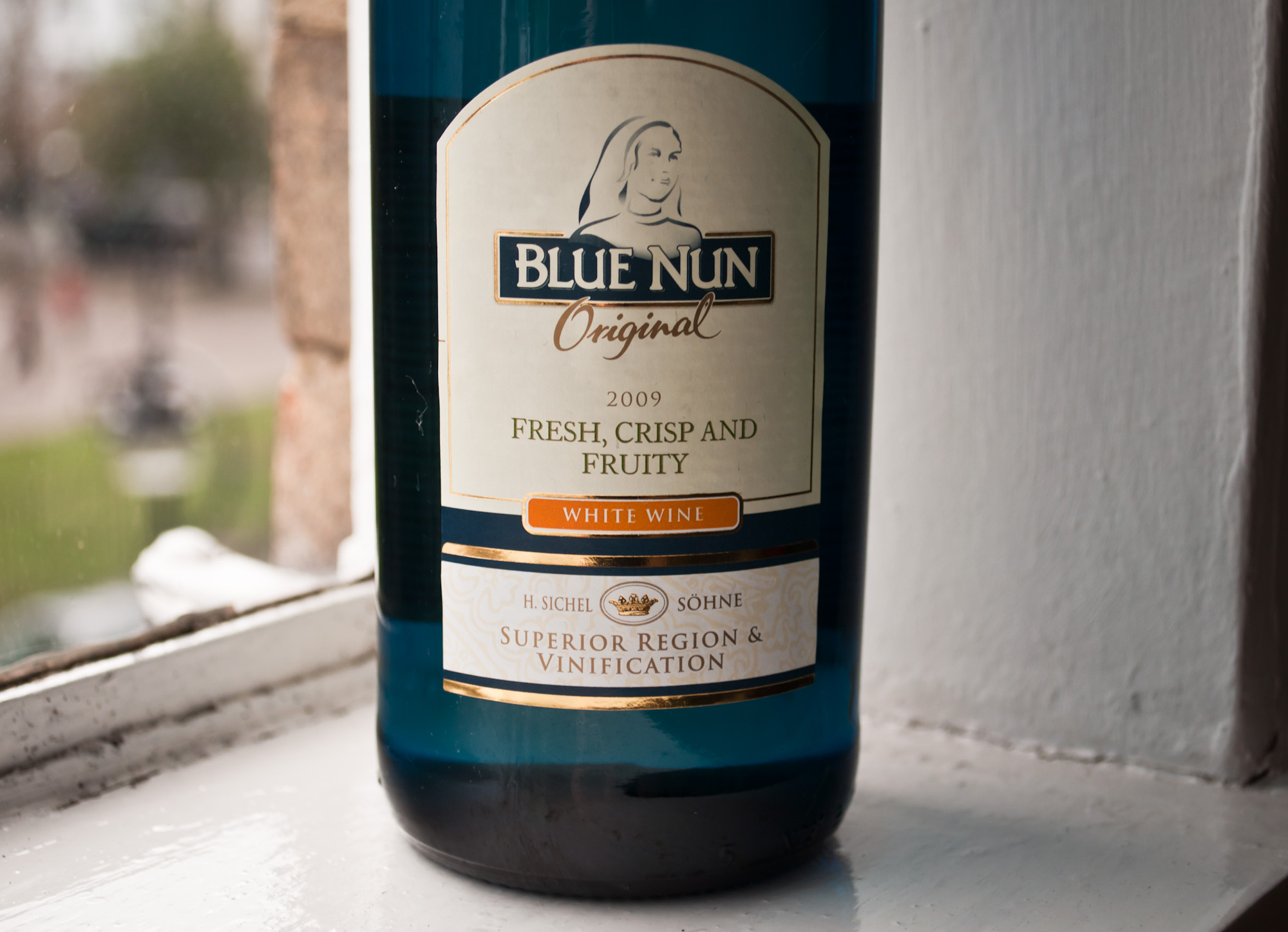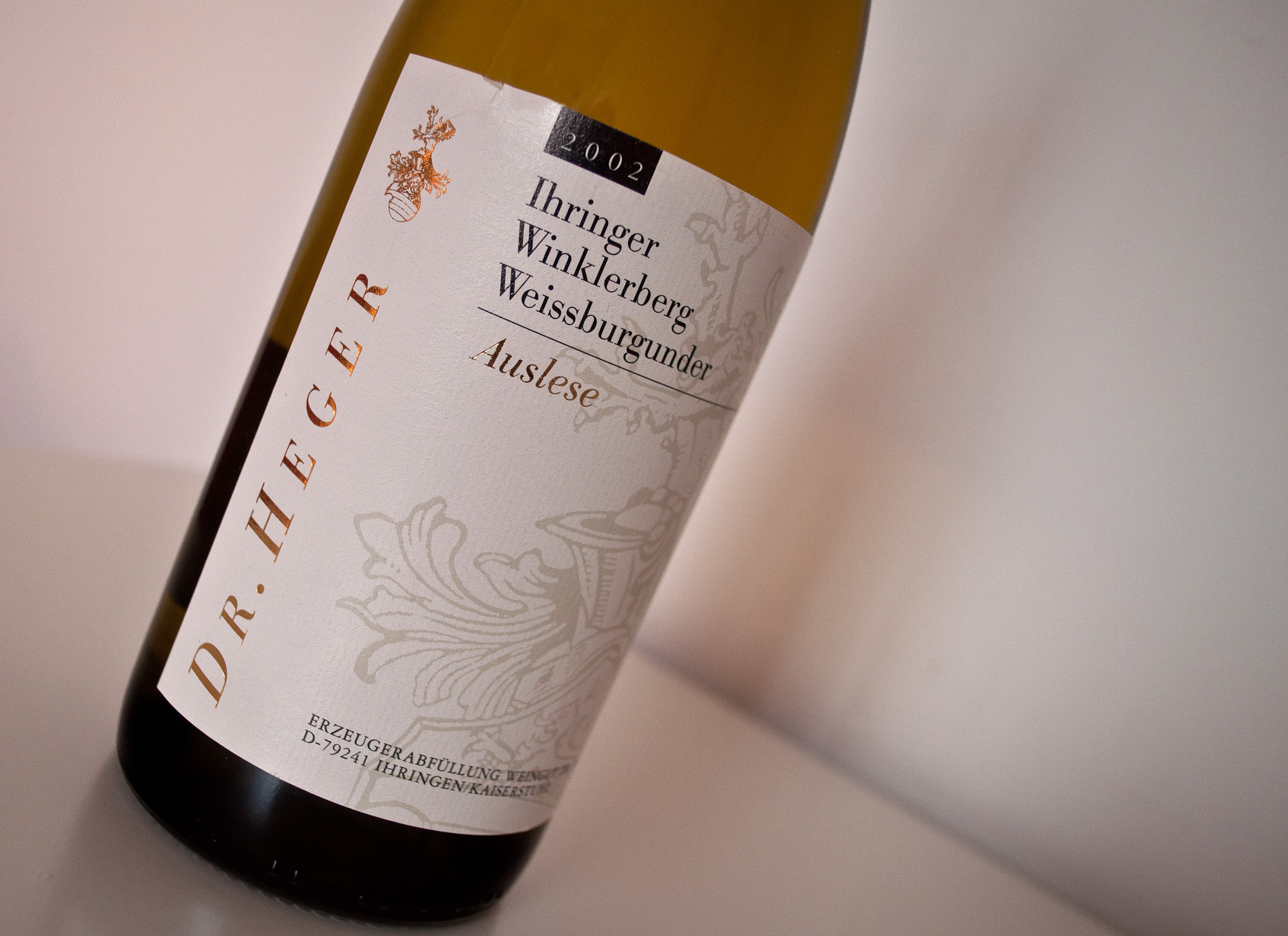Heymann-Löwenstein, Röttgen, Riesling, 2008
Reinhard Löwenstein is a well known and, at least for some, controversial German wine figure. A communist in his youth, he is among the few writing winemakers (and not afraid to quote Marx) and also a vocal proponent of the idea of terroir in Germany. On his steep Mosel vineyards he almost exclusively grows Riesling, often substantial wines that need time to develop their potential.

I mention this because when the other day I wanted to introduce a friend to Löwenstein Riesling I only had a 2008 to hand and was a little concerned about opening the wine so early.









